Top 7 TOUGHEST Fish to Keep in Saltwater Aquarium
- Sep 19, 2021
- Anshika Mishra
- 3868 0 0
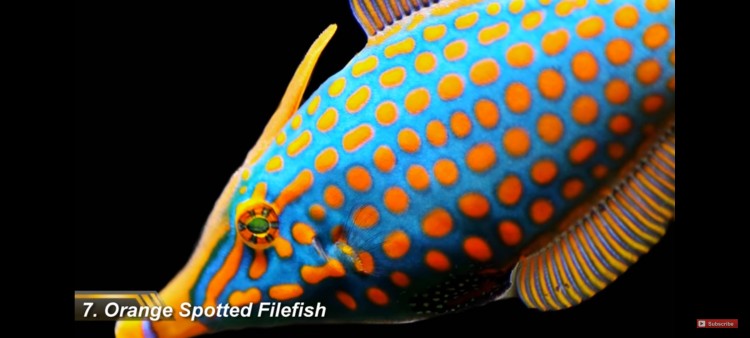
There are some fishes like the Copperband Butterflies that you should avoid as a beginner and probably if you are a seasoned pro. But in the article, we will be looking at the seven fishes that are even more difficult than the Copper Bands and can only be attempted by master-level fish keepers. So the list will start with the least difficult fishes and work up to the hardest, and to balance out, we will also mention the closest easy-to-keep alternatives.
7. Orange Spotted Filefish
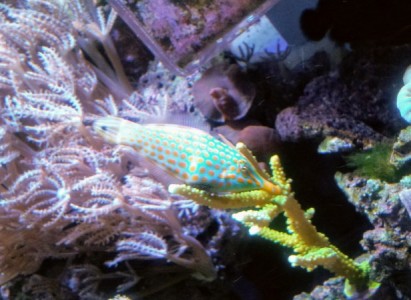
This is a picky eater, as it is extremely difficult to find fat, healthy-looking specimens in your local fish shop. Unfortunately, they eat corals in the wild, so weaning them onto prepared food will more often than not prove very difficult indeed.
They will almost certainly snack on your coral while you are trying to wean them on the good stuff. A study suggested that they only eat Acropora coral, but it doesn't take much time to find anecdotal evidence that they will do pretty much anything they can get their grubby little fins on.
Aiptasia Eating Filefish
The alternative is the Aphasia eating Filefish. It is cheap, easy as pie to keep, has bags of character, and will even eat those pesky Aptaisa. The only catch is that there is a very good chance that this little lighter will also nibble on your corals.
6. Multibar Angelfish
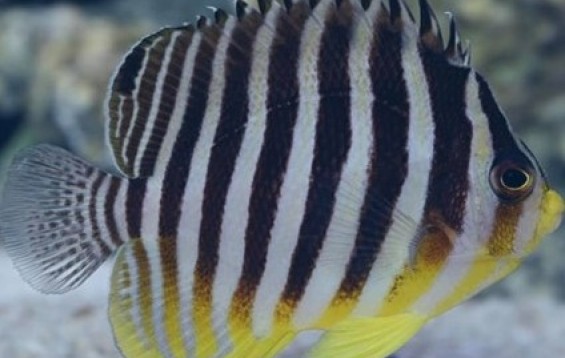
This is one of the most beautiful Angelfish in the hobby, but it is also pretty much the most difficult to keep. It is a delicate species mostly collected from the Philippines, which means they spend a long time in both handling and transit.
Therefore, selecting the right specimens is paramount, and even then, they usually refuse to eat anything you offer and will eventually wither and die.
Goldflake Angelfish
The good news is that the Goldflake Angle is almost as stunning and much easier to keep. So while it is not quite a beginner-friendly fish, any relatively experienced reefer will be fine with this fish. The drawback is that they will set you back to four to five hundred dollars and will still nibble on your corals.
5. Ventralis Anthias
The Anthias commonly available in the hobby are challenging to keep long-term. Even the easier species like the Splendent Anthias will usually fight until there is only one left. But, Ventralis is generally considered to be one of the hardest available Anthias.
They are secretive species found at a depth of 120-meters. So, they prefer a cooler temperature and lower lights than most of us running our reef tanks. They also fish to death in groups and require several feedings per day due to their active lifestyle, which will likely have a knock-on effect on your nutrients.
Springer's Damsels
The Anthias are primarily bought because they are shoaling fish; the best alternative is the Springer's Damsels. While they do bickering groups, unlike most Anthias, they don't usually fight to the death. They are also extremely hardy and easy to keep and add a nice splash of blue, a color that is hard to come by in marine fish.
4. Anampses Wrasses
These fishes' health usually suffering during packing and shipping so finding a healthy specimen is a real challenge. But even if you do find a settled specimen, they can still wither and die for no apparent reasons. Maybe it is because of the stress of moving home, just because they are picky eaters.
Earmuff Wrasse
Mature adults can display vivid colors and patterns. While they are not necessarily beginner fish, they can be classed as medium difficulty, and they are much harder than the Anampses genus, adn arguably only marginally less pretty.
3. Macropharygodon Wrasses
These species include Wrasses like Lepoed, which are extremely difficult to acclimate to aquarium conditions. The prospects of keeping these in young, immature tanks are even lower. As with all the fish on this list, getting them eating is the tough part.
So, it is strongly advisable to avid these fish unless you have an established tank with abundant microfauna. And even after that, the chances of survival are minimal.
Fairy Wrasses
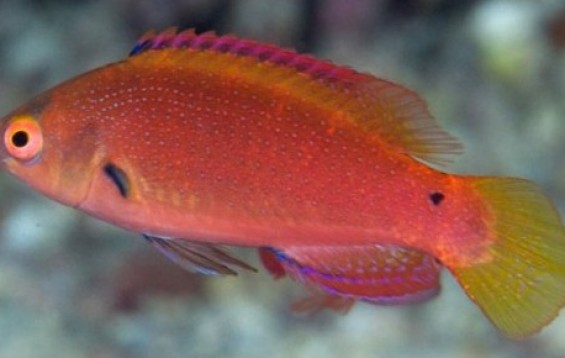
Unlike most Wrasses, Fary Wrasses do not sleep in your sand bed, and they can often be seen swimming around at the top of your tank, displaying their impressive find. The dive bombing Naoko wrasses is a great option.
2. Butterfly Fish
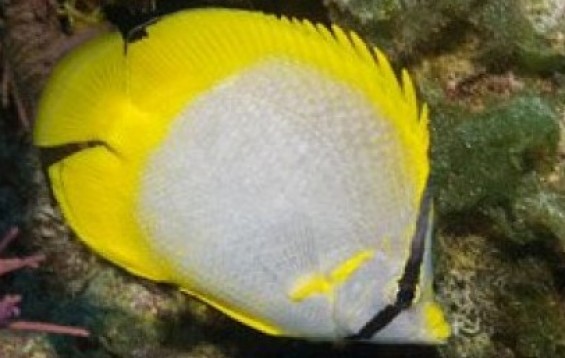
They are obligate keralivors, i.e., they only eat corals. So, they are unsuitable for home aquariums, and if there was ever a fish that should be left in the sea, it's these guys. The fish referred to are the Ornate, Oval, Four spots, and Multi-band Butterfly.
The only reason these don't rank number one on this list is that they are not imported at frequently as the number one choice. So while there are many possibilities, easy keep Butterflies, the alternative suggestion is the Mitrutus Butterfly.
Mitrutus Butterfly
They are one of the most beautiful Butterflies in the hobby, and they are relatively easy to keep. The subgenus is called the Robots Butterflies that supposedly reef safe because they live in deep waters where we don't see the corals in our tanks.
But, Butterflies are notorious for eating corals, so you should not bet your house on that.
1. Moorish Idol
Unsurprisingly, getting these to feed is the foremost challenge. Unfortunately, they reportedly only eat Sponges in the wild, so anything other than an enormous 10-year-old reef tank is almost certain to have an inadequate food supply for this majestic animal.
While some people might have success weaning expert only fish like the Copper Banded Butterfly onto prepared foods, the same cannot be said for the Moorish idols.
Yellow Longnose Butterflyfish
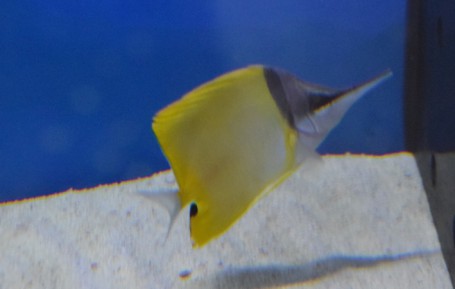
Of all the alternates on this list, this is the closest appearance, with the master fish being laterally compressed and sharing the same colors. However, they are moderately difficult to keep, and being Butterfly, and they are a risk to corals.
The Final Word
While we do not recommend any of these fish, the key to a successful with any difficult fish is selecting a healthy well-rested Specimen that has been feeding in your local fish store for months, not weeks. Locating such a Specimen will take a lot of patience and reward the diligent and skilled aquarist who are prepared to put in the time and effort and make the necessary sacrifices to keep these fish.




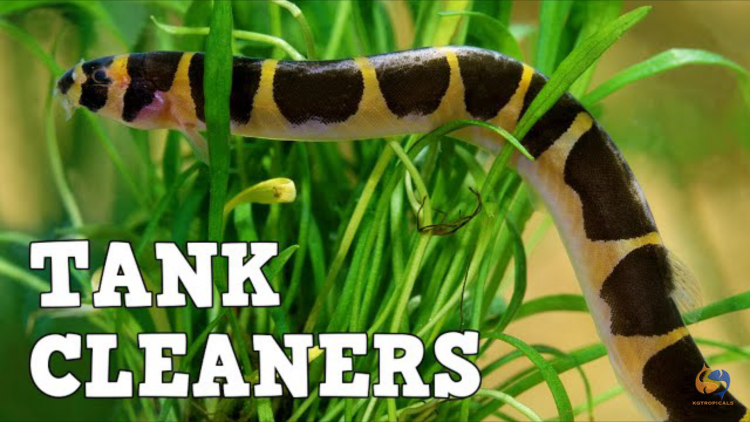

About author